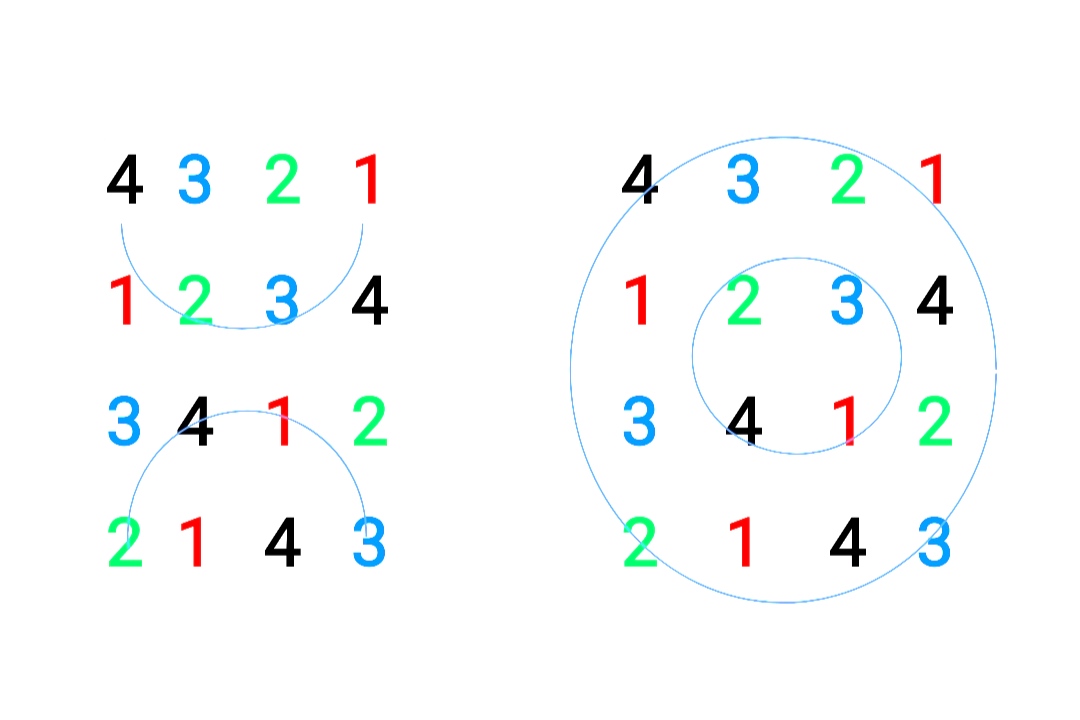Musical mathematics or mathematical music: composer Tuyliyev about the "Nurymov chord"
19.03.2023 | 02:25 |Can musical art and exact sciences intersect? Yes! To a person not connected with music, this may seem absurd, but in fact, there is sometimes more mathematical order and clarity in music even than in mathematics itself. And this was vividly demonstrated in his lecture on contemporary music by Suhan Tuyliyev, a well-known composer, Honored Artist of Turkmenistan, teacher of the Maya Kuliyeva Turkmen National Conservatory, author of books and textbooks and a music researcher.
This lecture was organized as part of the "Year of Modern Music" - a new art project conducted by the Department of Composition and Instrumentation on the initiative of the rector of the Conservatory.
Suhan Allyyevich supported his oral explanations during the lecture with a visual and auditory demonstration. Notes and diagrams, musical examples were displayed on a large screen, and one of the composer's students at the piano performed the necessary musical fragments on the instrument. It should also be noted that the information voiced during the lecture is part of the musicological studies and monographs of the composer Tuyliev, which were published several years ago.
At a meeting with the audience, Suhan Allyyevich talked about the evolution of chords in music, starting from the classics and up to the present day. A chord is when several notes sound at the same time. On music paper, it looks like a bunch of grapes. With each epoch, these clusters "ripened and poured" in the works of composers, became more and more complex, until they grew to polyachords and clusters.
A lot of emotions were aroused by a story about aleatorics in music, the technique of random sequences of notes. There are two types of aleatorics. There is free, that is, uncontrolled. It is not limited by form, genre, or sounds. It got to the point that composers writing in this technique tossed up a coin. And if tails fell out, then they wrote a treble clef on music paper, and if heads – a bass clef. According to the same principle, instruments, sounds, and the order of their execution were chosen. Thus, everything depended on pure chance.
In limited, that is, controlled aleatorics, there is less anarchy, and its artistic value is higher. The composer Witold Lutoslavsky wrote in such a technique at one time.
Also, during the conversation, Suhan Allyyevich told about one interesting phenomenon in the work of the outstanding Turkmen composer Chary Nurymov, namely about the characteristic combination of sounds often found in his works.
Tuyliev called this consonance "the chord of Nurymov's Enchantment", and even proposed to officially introduce such a musicological term. After all, there are chords that have become musical business cards of composers. For example, "Tristan chord" - in the works of Wagner, "Prometheus chord" - in the works of Scriabin, Webern chord, Messianic chord… So why not add Nurymov's chord to the "nominal" chords?
This combination of sounds is found in almost every one of Nurymov's works. The composer uses this chord in several dimensions, for example, vertically (when several notes sound at the same time), as in "Piano Concerto", and horizontally - as the musicians say in "unfolded" form (when the notes sound in turn), as in "Gazelles".
Or the same chord, in threefold multiplication, sounds in the introduction to his second Symphony, creating a feeling of "breathing", or as they say, "shimmering" harmony. This interesting technique refers us to sonoristics - the compositional technique of modern writing, where the colorful sound and the ability to operate with timbres are in the foreground. In painting, such a technique can perhaps be compared with tashism, when color spots and combinations of shades play an important role.
In a simplified version (since not all ORIENT readers are musicians), the chord of Nurymov's charm could be represented, for example, in the form of digits of different colors, where each digit is a separate note. And if this series of four digits were arranged in rows and columns, exactly in the order that the composer himself intended in his second Symphony, then the scheme would look something like this:

The numbers (sounds) in these groups form combinations of four parallels, four verticals, two diagonals, and two form concave arcs, small and large circles. And interestingly, none of the combinations are repeated.



As for me, the chord of Nurymov's enchantment is somewhat similar to the magic square puzzle of Chinese mathematicians. This is a square table of integers in which the sums of the numbers along any row, any column and any of the two main diagonals are equal to the same number.

On the other hand, the sounds of the chord of Nurymov's charm resemble the use of dodecaphony techniques. Composer Tuyliyev also spoke in great detail about its features during the lecture.
Then he moved on to dodecaphony. This artistic direction in music can be compared with expressionism in painting. Many art critics compare the work of composer Arnold Schoenberg, the founder of the dodecaphony technique, with the work of the artist who stood at the origins of abstractionism, Vasily Kandinsky.
Kandinsky, as well as Schoenberg, keenly felt the connection between music, painting and the stage, and sometimes called his canvases musically "compositions" or "improvisations", and this was picked up after by many artists.
Suhan Allyyevich explained to the audience that the main musical theme in the serial technique consists of twelve sounds that should not be repeated. To develop the theme, the "serial" composer has basic techniques, such as inversion, crustacean, crustacean and inversion at the same time, as well as many variants derived from them. These musical terms can become a little clearer if you try to compare the inversion with how a landscape artist first draws twelve trees of different breeds on the shore of a lake, and then depicts their reflection in the water. Now imagine that trees are sounds.
In order to understand what a crustacean is in music - read the word "dodecaphony" from left to right, and then, from right to left, and imagine that instead of twelve letters of this word, notes sound. Many will say that all this is too complicated, complicated, and that for such musical games, the composer's mind must be mathematically honed, strict and calculating. Moreover, dodecaphony is a kind of continuation of strict style polyphony, which originates in the 15th-16th centuries.
However, various types of techniques are just tools in the hands of the composer, with which a skillful master creates his works. The composer Stravinsky, when starting to compose music, said that he was horrified by the fact that he was faced with a choice of hundreds of artistic techniques, and he did not know which one to take up.
But the purpose of using any of the techniques is not to surprise everyone with "and that's how I can", but to express the artistic idea of the author more vividly. Suhan Allyyevich recalled a Turkmen proverb on this occasion: Bilegi güýçli birini ýykar, bilimi güýçli – müňüni, the meaning of which is: if a wrestler has a strong arm, he will defeat an opponent, and if he has a strong technique, he will overcome a thousand.
The conversation about modern music on the examples of the works of the outstanding Turkmen composer Chary Nurymov continued with a discussion. Students and teachers asked questions. According to the recollections of the musicians who attended the lecture, Nurymov was very interested in different trends and styles of modern music. He was one of the first in the country who not only experimented with composing techniques himself, but also tried to interest the younger generation of Turkmen composers in them.
Ayna SHIROVA











